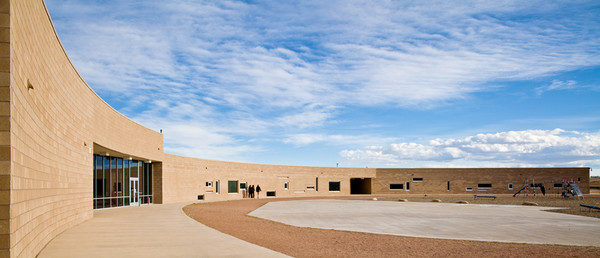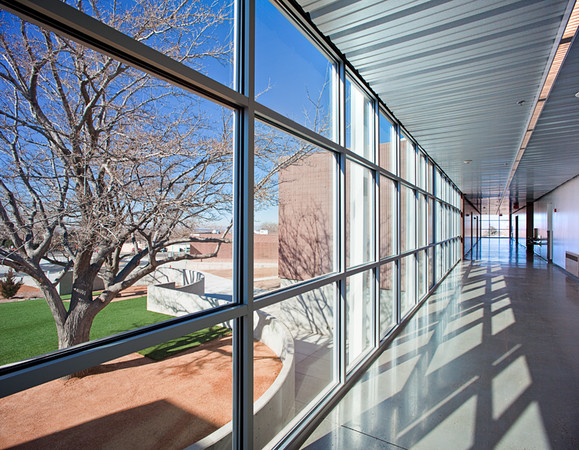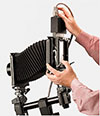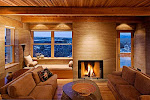
I will be signing these at the Heritage Preservation Awards Ceremony this Saturday at the Santa Fe Convention Center 2-5pm.
Interesting question about aesthetics and historic preservation in New Mexico from a duplicate post at another forum.
"Kirk, Splendid stuff. Anyone ever figure out why they put that gas meter on the side of the church at Ranches de Taos? I, along with millions of others, have pictures of that church going back to the early sixties. It never ceases to amaze me that they did that. It's hardly what I'd call historic preservation."
FWIW, I used to be a member of a committee for historic preservation with the Archdiocese of Santa Fe. The Ranchos de Taos church was within our jurisdiction. As the church restoration and maintenance is done by local volunteers with donations, the committee was not likely to intervene unless something unsafe was being done. The locals' priority was always very pragmatic. I felt like I was the sole person concerned with aesthetics (for obvious reasons) and frankly aesthetics were a very low priority for the committee as a whole considering the magnitude of the structural issues etc. A few classic churches collapsed in the 70's and 80's. There were some 800 historic churches in the A of Santa Fe and resources were very low and spread very thin.
"If you look at Ansel's 1929 shot you can see how beautiful this building was before it was vandalized."I wouldn't call it vandalized. It was simple pragmatism. The gas line runs straight from the street to that wall. The west buttress would have been the absolute nearest point but the wall at the base of the buttress is like 10' thick. So the next closest is the wall to either side of the west buttress. The buttress itself was not built for aesthetic purposes. It was simply to keep the back of the church from collapsing. To them it solved a problem. To us the buttress is pure sculpture. Pragmatic architecture is sometimes exquisitely simple and beautiful like the buttress and sometimes it is awful like the gas meter. The beauty of the back of the building is our preoccupation. Their preoccupation is the structural integrity of the church. Who has the higher purpose? I would argue that they do.






















